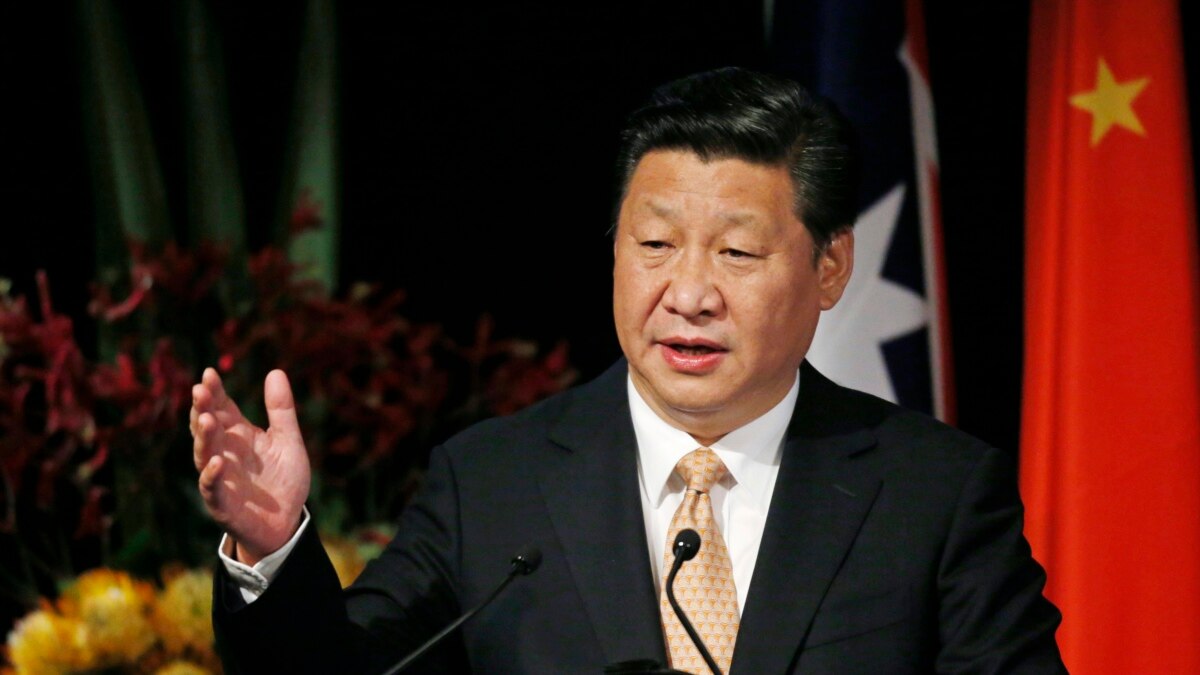Australia’s already chilly relationship with China has waned again in recent weeks due to a fresh spate of incidents, Asia-Pacific experts say.
Canberra announced on Thursday that it would add military personnel to work more closely with its allies despite objections from China at the end of 2021. In February, the Western-leaning nation denounced a laser that a Chinese ship had pointed at an Australian military plane, and that month the government raised its budget for Antarctic exploration – another place where China is seen as a competitor.
“China-Australia relations are perhaps even worse than US-China relations,” said Derek Grossman, senior defense analyst at US research organization Rand Corporation. “It just seems like the atmosphere around China (and) Australia has reached a vitriolic level.”
New Flashpoints
Australia will increase military personnel by around 30% by 2040 to almost 80,000, Defense Minister Peter Dutton said in a statement on Thursday.
The increase is expected to cost $27.9 billion. This will help keep Australia safe as “our world becomes increasingly uncertain,” Prime Minister Scott Morrison said in the statement. He said there would be “special focus” on Australia’s AUKUS security partnership with the UK and US as well as its sea and air capabilities.
AUKUS is a deal struck last year to share military technology, including the prospect of nuclear-powered submarines. China has criticized the deal as a possible source of nuclear proliferation.
On February 17, an Australian P-8A Poseidon military aircraft was illuminated by a laser from a People’s Liberation Army (PLA) Navy ship, the Australian Department of Defense said. The department called the use of the laser a “serious safety incident” with “the potential to endanger lives”.
A representative from China’s Ministry of National Defense said the PLA Navy vessel had ‘maintained safe, standard and professional operations throughout the process when it encountered the aircraft attached to the Australian Defense Force “.
“The incident with the Chinese warship that attacked our P-8 Orion has certainly created serious tensions,” said Malcolm Davis, senior defense strategy analyst at the Australian Strategic Policy Institute in Canberra. “I think it really made us recognize that we are going through difficult times in terms of China-Western relations, even more so than we have been in recent years.”
Also last month, the Australian government said it would spend $583 million in Antarctica over the next decade. This budget would cover aerial drones and other autonomous vehicles to map inaccessible parts of East Antarctica, the prime minister’s website says.
Australian media presented the Antarctic plan as a counterweight to Chinese exploration. Australia claims more than 42% of the polar continent and operates three bases there.
The Australian government wants to be seen at home as custodians of “unspoiled nature” that “can be visited” by tourists, said Stuart Orr, director of the School of Business at the Melbourne Institute of Technology. He compared the Sino-Australian rivalry in Antarctica to the international space race, where achievements boost public confidence in their leaders.
Not the only flashpoints
Australia and China have crashed steadily since 2013.
Australia particularly angered China in April 2020 by calling for an investigation into the handling of COVID-19. In November that year, China blocked more than 50 Australian coal ships near its ports, imposed tariffs on a series of agricultural imports and posted an image on social media suggesting Australian soldiers were killing people. Afghan children.
China is most worried about the budding alliance between Australia and the United States, analysts say.
Washington and Canberra meet regularly with Japan and India for discussions over control of the South China Sea – a waterway that Beijing claims as its own despite sovereignty challenges from five other Asian governments.
Pro-American European nations have thrown their support behind the United States and Australia over the past year. Just this week, the White House said US and UK officials “are committed to broadening and deepening their alignment and cooperation” in the Indo-Pacific region.
China and Australia have entered a spiral where the actions of one trigger a reaction from the other, analysts say.
“China’s reinforcement is at least partially in response to… Australia’s reinforcement, so with these (troop increase) announcements from the Australian Prime Minister, I think China will certainly pay attention to that and all these Ongoing military preparations will be primarily geared towards that as well as those of the United States,” said Collin Koh, a maritime security researcher at Nanyang Technological University in Singapore.
Federal elections slated for Australia in May could set a new tone for “long-term strategic competition with China” and establish its role in an “integrated US deterrence strategy”, Koh said. China is closely monitoring any development related to the military, he added.
Morrison’s Liberal Party, which takes a hard line on China, lost ground last month in by-elections in the state of New South Wales. That fate is adding pressure on his ruling coalition to maintain its edge after the federal election — and maintain his government’s stance on China.
Xiao Qian, China’s ambassador to Australia, sought to ease relations on Wednesday when he met Australian Foreign Minister Marise Payne in Sydney to mark the 50th anniversary of diplomatic relations.
“It is hoped that the two sides will work together to review the past and look to the future, adhere to the principle of mutual respect, equality and mutual benefit, and make joint efforts to push forward China-China relations.” Australians on the right track,” he added. Xiao said.

